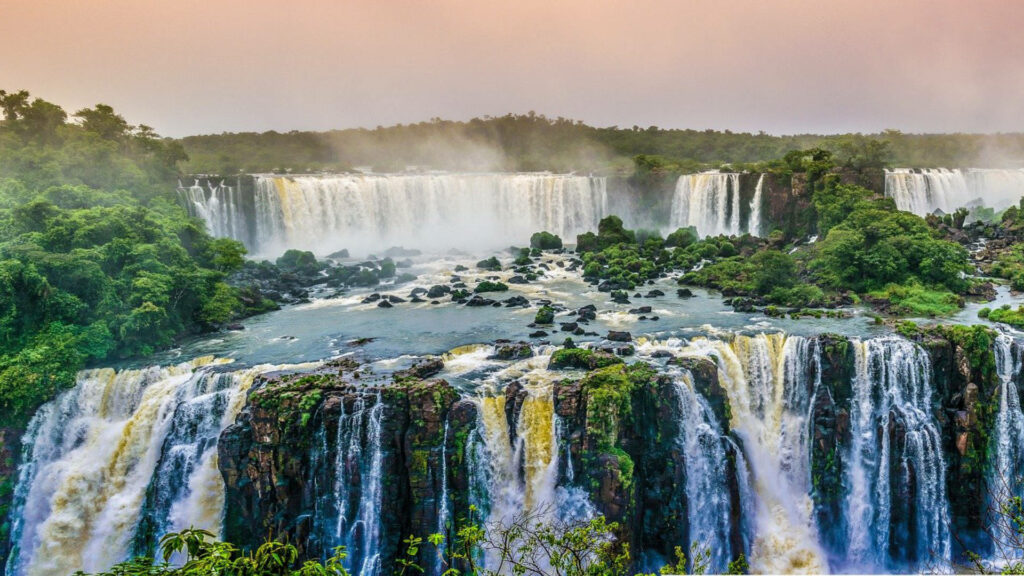
Alas, reducing CO2 emissions by 50% will not solve our problem by half. The bathtub metaphor makes it very easy to understand why carbon neutrality is essential to contain the climate crisis.
No longer generating any CO2 emissions into the atmosphere, the goal seems impossible to achieve. Faced with this dizzying challenge, some are reassured by saying that if they are already reduced by 50%, the problem will be at least resolved by half. Unfortunately, it doesn’t work like that at all. Often used to explain these issues, the metaphor of the bathtub makes it very easy to understand the difficulty that arises here.
The crux of the matter with greenhouse gases is that the main one, carbon dioxide (CO2), stays in the atmosphere for a very long time. The part of CO2 that will be absorbed the fastest will already take a hundred years to be absorbed. But about a fifth of CO2 will take more than 10,000 years to leave the atmosphere. For this reason, we can compare the atmosphere to a bathtub: the CO2 we are emitting at the moment will join the CO2 we have emitted, especially over the past 150 years.

Do not overfill the tub
Problem: this tub is already almost full. Before the industrial era, the carbon cycle was relatively balanced: the quantity of carbon emitted was quite close to that which was recaptured (by plants in particular). That present in the atmosphere was therefore relatively stable (around 2240 billion tonnes of CO2). It all changed when mankind began to mine deposits of carbon-based fossil fuels – plants compressed in layers underground, which turned into oil, coal, or natural gas, over millions of years. . Suddenly we started to emit much larger amounts of greenhouse gases.
” In a century and a half, human activities have added an estimated 917 billion tonnes of CO2 to the atmosphere through fossil fuel combustion, industrial processes and deforestation », Underlines a report by Carbone 4.
Conclusion: the bathtub is now full. And if you reduce the water flow by 50%, that will not solve the problem by half at all. As long as the tap remains open, the water will continue to rise and the tub will eventually overflow, which means more concretely that the rise in temperature will reach a particularly dangerous level. The surplus carbon that we have produced already induces an increase in the average temperature at the surface, explains Carbone 4. Each time we add it, this rise in temperature increases and becomes even more problematic.
A rise of 1 or 2 degrees will have a major impact
The situation is all the more worrying as variations in average temperature which could seem slight to us are actually causing major upheavals. 20,000 years ago, three major continents were covered with ice. The average temperature of the Earth, however, was only six degrees cooler. This can be explained by several factors, in particular the fact that these temperature increases of a few degrees are average increases: on the planet, they will therefore not result in a uniform increase of 1 or 2 degrees, but in very varied situations, and more or less extreme. The other element to keep in mind is that temperature does not only have an impact on how humans feel: it has complex interactions with the water cycle, fauna, flora, in short, the ecosystem. global. A slight change in appearance can therefore have effects that will snowball.
We know that a warming of 1.5 degrees will already cause major problems (and we do not measure the full potential extent of these impacts). Going beyond this threshold, which is the one targeted by the Paris Agreements, will therefore place humanity in even more serious danger.



